21. Persona, by Ingmar Bergman. (1966, Sweden).

Persona (Latin): person, individual, persona, character, role, part, mask, personality.
What is a person? What shapes a person? What differentiates one person from another? Why do we wear masks and pretend they are indeed ourselves? Why do we choose the masks we choose? What do we hide behind our masks, behind our faces? How do we react to the world that surrounds us? Why do we react in that way? What mask do we choose to represent those reactions? Why do we choose it?
Like never before in the history of cinema, Ingmar Bergman asks this question and many more directly to the audience, and challenges it to answer, or to even have an answer.
Like Camille Paglia said about the film:
“When I saw Bergman’s “Persona” at its first release in New York in 1967, I felt that it was the electrifying summation of everything I had ever pondered about Western gender and identity. The title of my doctoral dissertation and first book, “Sexual Personae,” was an explicit homage to Bergman. On a British lecture tour for the National Film Theatre in 1999, I asked to sleep with “Persona” — whose five reels, like holy icons, rested in two silver cans next to my bed.”
The young, naïve, inexperienced, overly-trusting, solitary nurse Alma (“Soul” in Latin and Latin-derived languages), played by Bibi Andersson, is tasked to care for the near-catatonic but “healthy” actress Elisabet, played by Liv Ullmann in one of the greatest performances in history.
(It is a marvel to behold Ullmann saying infinitely more with a look and a subtle expression of her face without opening her mouth at all, than with pages and pages of [expository] dialogues or monologues, screams, shrieks, tears or dozens and dozens of close ups of her gorgeous face).
What follows will never, ever leave the viewer’s mind.
Since its very premiere, “Persona” has lent itself to truly massive and endless amounts of analysis, interpretations, references, homages and criticisms. All of them range from pure cinematic to philosophical, cultural, counter-cultural, sexual, popular culture, political, psychological, psychiatric, psychoanalytic/Freudian, sociological, biological and even economic ones.
One thing is absolutely certain: It has become impossible to imagine and understand cinema and contemporary culture without “Persona”.
22. Psycho, by Alfred Hitchcock. (1960, USA).
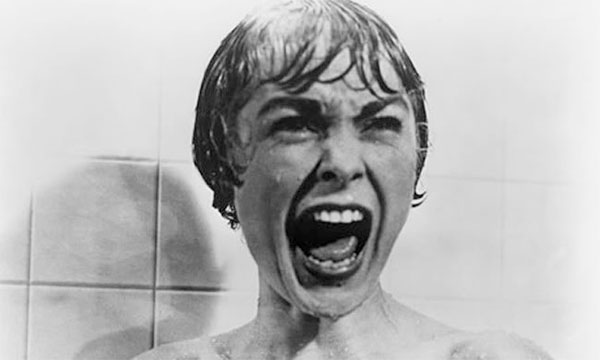
It is perhaps the first American modern film. It certainly helped begin the end of the classicism in American cinema.
Just like Michael Powell’s “Peeping Tom” from the United Kingdom just a couple of months previous, “Psycho” was enormously groundbreaking in its depiction of violence, sexuality and the points where they meet and intersect in “mainstream” entertainment.
Marion Crane steals money in cash from one of her boss’ associates, and as she’s running away, ends up in the Bates Motel, where there are 12 rooms and 12 vacancies. She is tended to by Norman Bates, the son of the owner, Mrs. Bates. She takes a shower and then… we all know what happens and that is what changed cinema forever. Among other things, Bernard Hermann’s string composition during the scene might as well be the first time atonal music was used in an important, “mainstream” film.
It’s now considered the first slasher film, though that “title” should perhaps fit the aforementioned “Peeping Tom” better, being, that, you know, it was actually released before.
Nevertheless, it is “Psycho” that forever changed and reshaped cinema, especially horror cinema.
23. Rashomon, by Akira Kurosawa. (1950, Japan).
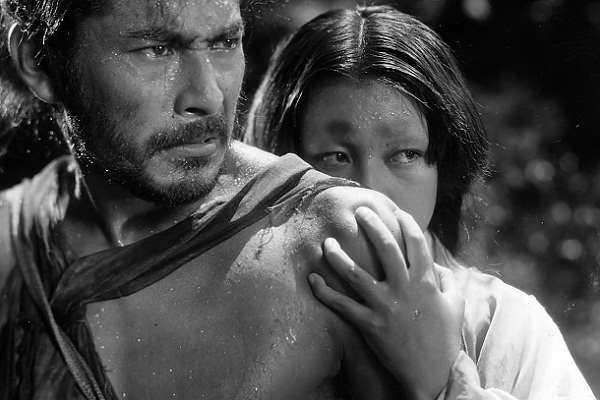
Literally the film that put Japanese cinema on the map and brought it to Western audiences, “Rashomon” is one of Kurosawa’s most cherished masterpieces.
Making use of narrative and subverting it like it was never before seen in history, “Rashomon” concerns the repercussions of a terrible, unfathomable crime.
Such a crime is recounted through the accounts/stories of four different characters and all of such accounts differ in key points. Who’s telling the truth out of the four, if anyone? Why would any of them lie?
An enigma as mysterious as the human condition itself.
24. Sátántangó, by Béla Tarr. (1994, Hungary).
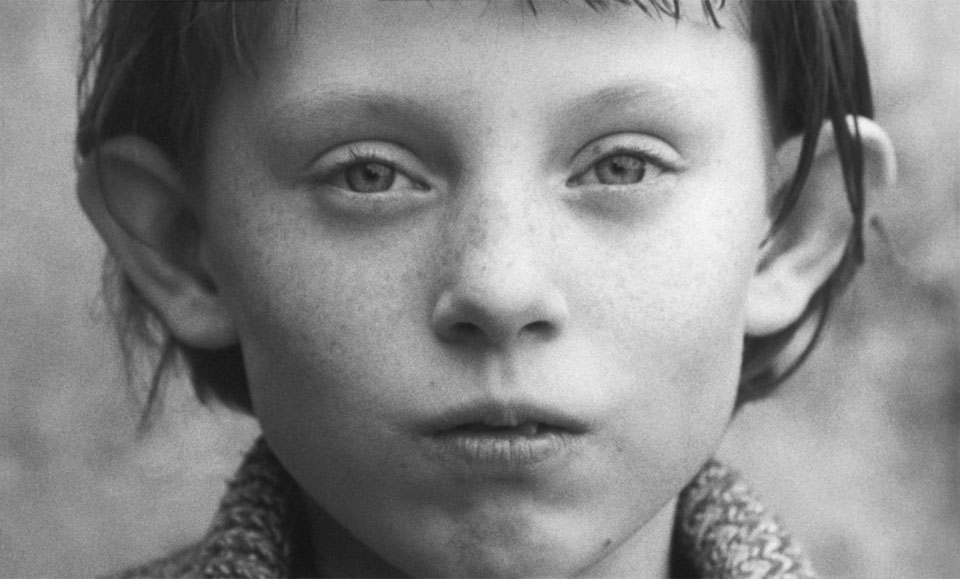
Based on the László Krasznahorkai novel of the same name and adapted by both the director and the novelist, “Sátántangó” tells, over the course of seven hours, the story of a desolate and remote rural community somewhere in Hungary that’s immersed in misery, and where most of the inhabitants favor alcohol over almost anything else almost the entire time.
The entire community is shaken when rumors arise that the legendary Irimiás, previously presumed dead, is coming back to the town with great business.
Irimiás indeed returns, but his arrival coincides with a most horrendous, tragic and gruesome event, and the result of his return ends up being something nobody could have expected.
The film is told in a non-chronological order, divided into 12 chapters, and several scenes and events are revised and shown more than once from different points of view, playing with and changing the viewer’s perspectives and judgments on the occurrences and characters. Gus Van Sant reveres the film to such a degree that he openly took the narrative structure of it and applied it to his own great “Elephant” (a movie that also borrowed several elements from Alan Clarke’s own “Elephant” as well).
“Sátántangó” is the pinnacle of what many call now “slow cinema”, being, well, quite deliberately paced and being assembled only from very long cuts. In “Sátántangó”, each take lasts an average of 150 seconds; two and a half minutes.
25. Seven Samurai, by Akira Kurosawa. (Shichinin No Samurai, 1954, Japan).
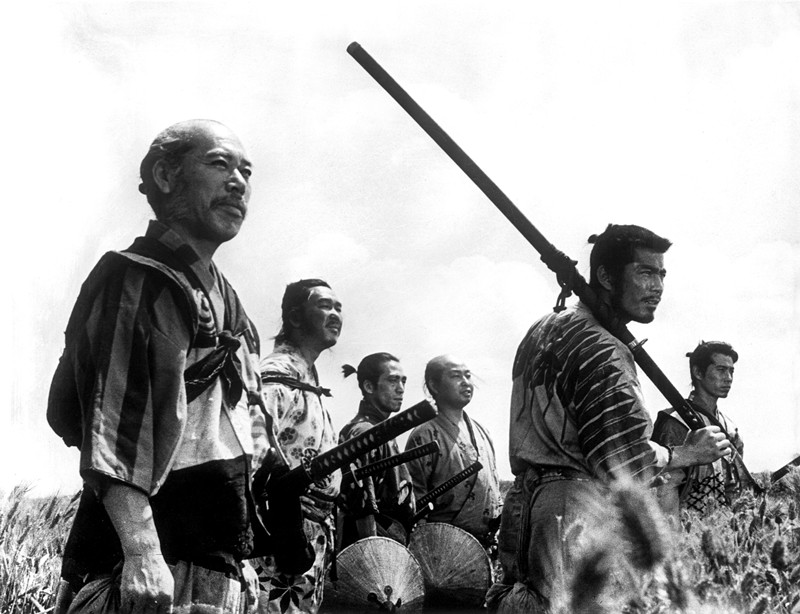
One of the first action movies as we know them today, this is also an epic adventure drama about honor, loyalty, bravery, trust and teamwork.
A group of poor villagers hire the seven samurai of the title to help and protect them against a band of thieves who bully and terrorize them and steal their crops.
Astonishing from the first frame to the last one, this 3-and-a-half hour epic film will leave the viewer speechless when it all ends.
A most vital and powerful work of art as any that will be found among the rest of the 20th century.
26. Stagecoach, by John Ford. (1939, USA).
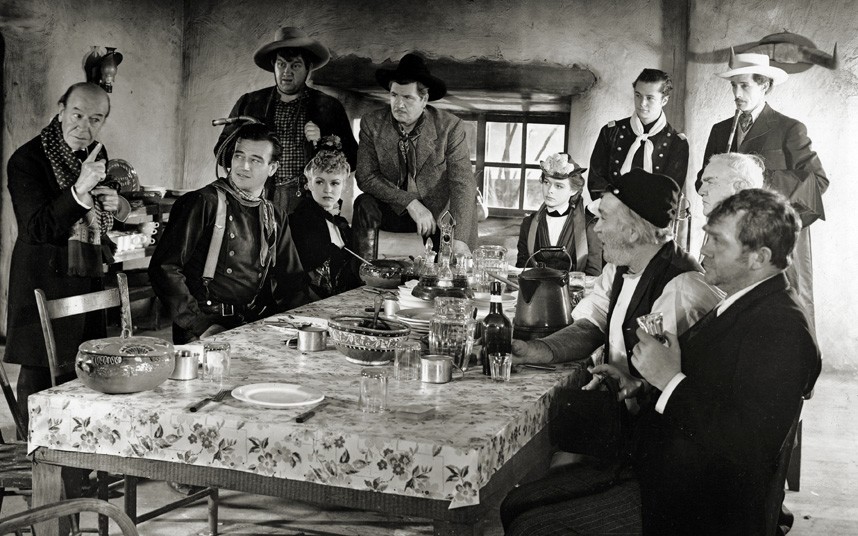
Based on a short story by Ernest Haycox and adapted by Dudley Nichols to be filmed by Ford.
The film that taught Orson Welles how to be a filmmaker after, according to the own filmmaker, having seen it over 40 times.
Another gigantic filmmaker that was greatly influenced by Ford and particularly “Stagecoach”, is Akira Kurosawa, who borrowed heavily from Ford’s style when making some of his films, particularly his samurai films, including “Seven Samurai” itself.
The quintessential Western that introduced audiences around the world to several of the staples, conventions and tropes of what is known today as the great Western genre.
To put it quite simply, practically all the Westerns you’ve seen wouldn’t be what they are if it weren’t for this film.
Impossible to disregard, as blunt as that may be.
27. Sunrise: A Song Of Two Humans, by F. W. Murnau. (1927, USA).

Based on the short story “The Excursion To Tilsit” by Hermann Sudermann and adapted by Carl Mayer.
Though silent, it’s one of the first films to include a synchronized soundtrack of musical score and sound effects, made possible by the Fox Movietone sound-on-film system.
It’s a tale filled with twists about love, betrayal, temptation, redemption and forgiveness.
The film was unusual at the time due to it being directed by Murnau, a German filmmaker, in his usual German Expressionistic style, having relatively few intertitles, featuring tracking shots and having characters that are never named.
28. Tokyo Story, by Yasujiro Ozu. (Tokyo Monogatari, 1953, Japan).
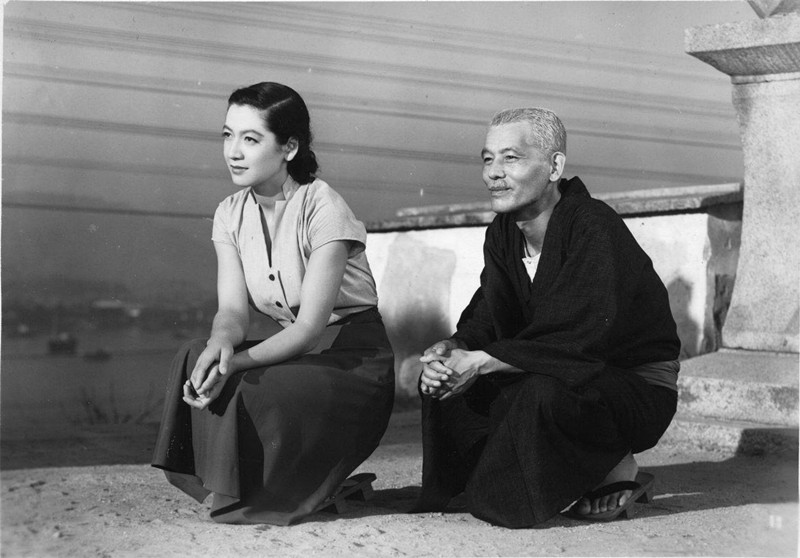
An aging couple with five children, one of them deceased, decide to travel to Tokyo to visit three of his surviving children. Their youngest daughter, Kyoko, lives with them and stays in order not to miss school.
This is the film that cemented both Ozu as a master and leading filmmaker along with his style.
Shot as it would later become usual to Ozu by a camera that doesn’t move and stays fixed at a very low angle, that also allows us to see all the action unfold without missing a single movement, expression or event that is absolutely essential to the particular universe of the film.
It also features an episodic narrative, where events and parts of the story are abbreviated and never actually shown.
A classic tale on aging and the importance to come to terms with one’s mistakes as well as others’ and with mortality itself.
29. A Trip To The Moon, by Georges Méliès. (Le Voyage Dans La Lune, 1902, France).
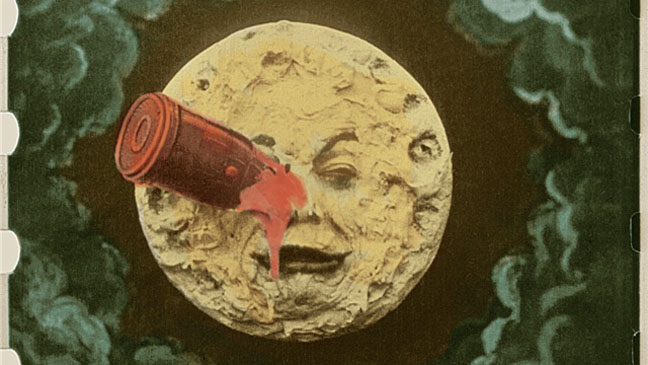
The first ever science fiction film; the film that would officially and internationally bring and introduce the genre into the cinematographic art.
To write and make this film Méliès took Inspiration from the writings of Jules Verne among many other sources, like H. G. Wells’ “The First Men In The Moon”, and the Jack Offenbach operetta “Le Voyage Dans La Lune”.
The film depicts a journey to the moon where the astronomers are attacked by some of the moon inhabitants; they fight them off and return to Earth.
With this film, Méliès literally made magic with the use of filmed celluloid, camera cuts and montage.
Among the hundreds of references and homages that could be mentioned are the Smashing Pumpkins’ video for their song “Tonight, Tonight” directed by Jonathan Dayton and Valerie Faris and, of course, Scorsese’s loving ode “Hugo”.
30. Workers Leaving The Lumière Factory In Lyon, by Louis Lumière. (La Sortie De L’Usine Lumière À Lyon, 1895, France).
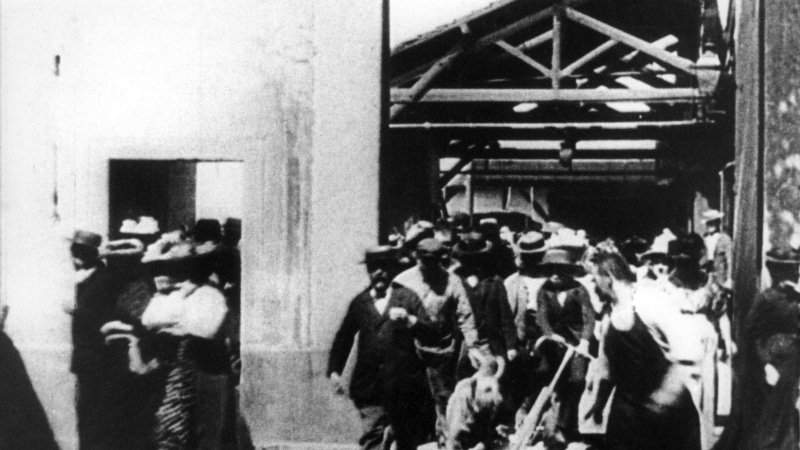
This film is exactly what the title describes.
A one-minute documentary film depicting a natural scene in late 19th century France by one of the two first filmmakers in history, who also happened to create cinema to begin with.
Considered by many to be the first ever film, though this has been debated as some people consider the two-second “Roundhay Garden Scene”, by Louis Le Prince (1888, United Kingdom, France) made seven years, earlier to hold that title.
Author Bio: Lee Schroeder is a member of the so-called Y Generation. He likes movies, literature, music, photography and Art in general. He also likes to sleep. He doesn’t have facebook, twitter, instagram or linkedin accounts. Make of all this what you will.